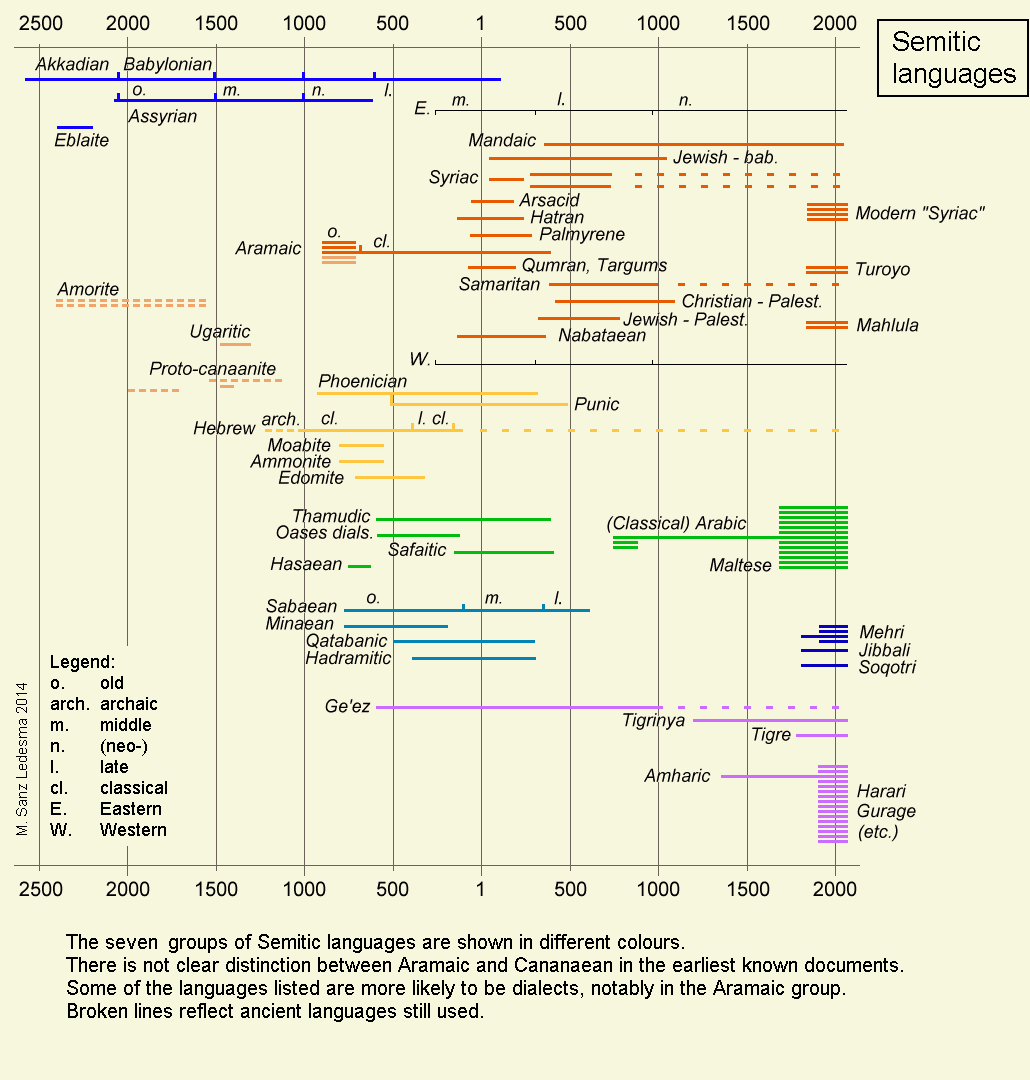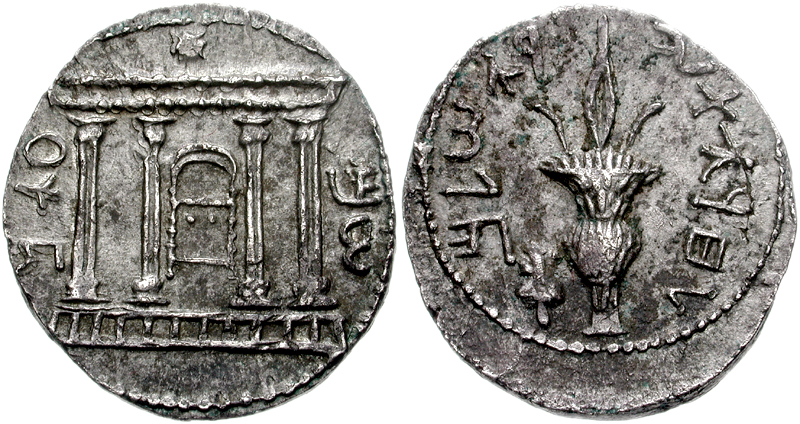|
Ghayn
The Arabic letter (, or ) is one of the six letters the Arabic alphabet added to the twenty-two inherited from the Phoenician alphabet (the others being , , , , ). It represents the sound or . In name and shape, it is a variant of ʻayn (). Its numerical value is 1000 (see Abjad numerals). In Persian, it represents ~ and is the twenty-second letter in the new Persian alphabet. ' is written in several ways depending on its position in the word: History Proto-Semitic (usually reconstructed as voiced velar fricative or voiced uvular fricative ) merged with ʻayn in most Semitic languages except for Arabic, Ugaritic and older varieties of the Canaanite languages. The South Arabian alphabet retained a symbol for , . Biblical Hebrew, as of the 3rd century BCE, apparently still distinguished the phonemes and , based on transcriptions in the Septuagint, such as that of the name " Gomorrah" as ''Gomorrha'' () for the Hebrew ''‘Ămōrā'' (). Canaanite languages, inclu ... [...More Info...] [...Related Items...] OR: [Wikipedia] [Google] [Baidu] |
Arabic Alphabet
The Arabic alphabet, or the Arabic abjad, is the Arabic script as specifically codified for writing the Arabic language. It is a unicase, unicameral script written from right-to-left in a cursive style, and includes 28 letters, of which most have contextual letterforms. Unlike the modern Latin alphabet, the script has no concept of letter case. The Arabic alphabet is an abjad, with only consonants required to be written (though the long vowels – ''ā ī ū'' – are also written, with letters used for consonants); due to its optional use of diacritics to notate vowels, it is considered an impure abjad. Letters The basic Arabic alphabet contains 28 letter (alphabet), letters. Forms using the Arabic script to write other languages added and removed letters: for example ⟨پ⟩ is often used to represent in adaptations of the Arabic script. Unlike Archaic Greek alphabets, Greek-derived alphabets, Arabic has no distinct letter case, upper and lower case letterforms. Many le ... [...More Info...] [...Related Items...] OR: [Wikipedia] [Google] [Baidu] |
Persian Alphabet
The Persian alphabet (), also known as the Perso-Arabic script, is the right-to-left alphabet used for the Persian language. It is a variation of the Arabic script with four additional letters: (the sounds 'g', 'zh', 'ch', and 'p', respectively), in addition to the obsolete that was used for the sound . This letter is no longer used in Persian, as the -sound changed to , e.g. archaic > 'language'. It was the basis of many Arabic-based scripts used in Central and South Asia. It is used for both Iranian and Dari: standard varieties of Persian; and is one of two official writing systems for the Persian language, alongside the Cyrillic-based Tajik alphabet. The script is mostly but not exclusively right-to-left; mathematical expressions, numeric dates and numbers bearing units are embedded from left to right. The script is cursive, meaning most letters in a word connect to each other; when they are typed, contemporary word processors automatically join adjacent letter f ... [...More Info...] [...Related Items...] OR: [Wikipedia] [Google] [Baidu] |
Arabic Language
Arabic (, , or , ) is a Central Semitic languages, Central Semitic language of the Afroasiatic languages, Afroasiatic language family spoken primarily in the Arab world. The International Organization for Standardization (ISO) assigns language codes to 32 varieties of Arabic, including its standard form of Literary Arabic, known as Modern Standard Arabic, which is derived from Classical Arabic. This distinction exists primarily among Western linguists; Arabic speakers themselves generally do not distinguish between Modern Standard Arabic and Classical Arabic, but rather refer to both as ( "the eloquent Arabic") or simply ' (). Arabic is the List of languages by the number of countries in which they are recognized as an official language, third most widespread official language after English and French, one of six official languages of the United Nations, and the Sacred language, liturgical language of Islam. Arabic is widely taught in schools and universities around the wo ... [...More Info...] [...Related Items...] OR: [Wikipedia] [Google] [Baidu] |
Voiced Velar Fricative
The voiced velar fricative is a type of consonantal sound that is used in various spoken languages. It is not found in most varieties of Modern English but existed in Old English. The symbol in the International Phonetic Alphabet that represents this sound is , a Latinized variant of the Greek letter gamma, , which has this sound in Modern Greek Modern Greek (, or , ), generally referred to by speakers simply as Greek (, ), refers collectively to the dialects of the Greek language spoken in the modern era, including the official standardized form of the language sometimes referred to .... It should not be confused with the graphically-similar , the IPA symbol for a close-mid back unrounded vowel, which some writingsSuch as and . use for the voiced velar fricative. The symbol is also sometimes used to represent the velar approximant, which, however, is more accurately written with the lowering diacritic: or . The IPA also provides a dedicated symbol for a velar approxi ... [...More Info...] [...Related Items...] OR: [Wikipedia] [Google] [Baidu] |
Voiced Uvular Fricative
The voiced uvular fricative is a type of consonantal sound, used in some Speech communication, spoken languages. The symbol in the International Phonetic Alphabet that represents this sound is , an inverted small uppercase letter , or in broad transcription if Rhotic consonant, rhotic. This consonant is one of the several collectively called guttural R when found in European languages. The voiced uvular approximant is also found Complementary distribution, interchangeably with the fricative, and may also be transcribed as . Because the IPA symbol stands for the uvular fricative, the approximant may be specified by adding the lowered (phonetics), downtack: , though some writings use a superscript , which is not an official IPA practice. For a voiced pre-uvular fricative (also called post-velar), see voiced velar fricative. Features Features of the voiced uvular fricative: In many languages it is closer to an approximant consonant, approximant, however, and no language disting ... [...More Info...] [...Related Items...] OR: [Wikipedia] [Google] [Baidu] |
Abjad Numerals
The Abjad numerals, also called Hisab al-Jummal (, ), are a decimal alphabetic numeral system/alphanumeric code, in which the 28 letters of the Arabic alphabet are assigned numerical values. They have been used in the Arab world, Arabic-speaking world since before the eighth century when Positional notation, positional Arabic numerals were adopted. In modern Arabic, the word ' () means 'alphabet' in general. In the Abjad system, the first letter of the Arabic alphabet, aleph#Arabic, ʾalif, is used to represent 1; the second letter, Bet (letter)#Arabic bāʾ, bāʾ, 2, up to 9. Letters then represent the first nine intervals of 10s and those of the 100s: Yodh#Arabic yāʼ, yāʾ for 10, Kaph#Arabic kāf, kāf for 20, Qoph#Arabic Qāf, qāf for 100, ending with 1000. The word ''abjad, ʾabjad'' () itself derives from the first four letters (A-B-G-D) of the Semitic alphabet, including the Aramaic alphabet, Hebrew alphabet, Phoenician alphabet, and other scripts for Semitic languag ... [...More Info...] [...Related Items...] OR: [Wikipedia] [Google] [Baidu] |
ḍād
() is the fifteenth letter of the Arabic alphabet, one of the six letters not in the twenty-two akin to the Phoenician alphabet (the others being , , , , ). In name and shape, it is a variant of . Its numerical value is 800 (see Abjad numerals). It is related to the Ancient North Arabian 𐪓, South Arabian . The letter symbol itself is a derivation, by addition of a diacritic dot, from ص ''ṣād'' (representing /sˤ/). Origin Based on ancient descriptions of this sound, it is clear that in Qur'anic Arabic ''ḍ'' was some sort of unusual lateral sound. Sibawayh, author of the first book on Arabic grammar, explained the letter as being articulated from "between the first part of the side of the tongue and the adjoining molars". It is reconstructed by modern linguists as having been either a pharyngealized voiced alveolar lateral fricative or a similar affricated sound or . The affricated form is suggested by loans of ''ḍ'' into Akkadian as ''ld'' or '' ... [...More Info...] [...Related Items...] OR: [Wikipedia] [Google] [Baidu] |
Semitic Languages
The Semitic languages are a branch of the Afroasiatic languages, Afroasiatic language family. They include Arabic, Amharic, Tigrinya language, Tigrinya, Aramaic, Hebrew language, Hebrew, Maltese language, Maltese, Modern South Arabian languages and numerous other ancient and modern languages. They are spoken by more than 330 million people across much of Western Asia, West Asia, North Africa, the Horn of Africa, Malta, and in large Immigration, immigrant and Expatriate, expatriate communities in North America, Europe, and Australasia. The terminology was first used in the 1780s by members of the Göttingen school of history, who derived the name from Shem, one of the three Generations of Noah, sons of Noah in the Book of Genesis. Semitic languages List of languages by first written account, occur in written form from a very early historical date in West Asia, with East Semitic languages, East Semitic Akkadian language, Akkadian (also known as Ancient Assyrian language, Assyrian ... [...More Info...] [...Related Items...] OR: [Wikipedia] [Google] [Baidu] |
Biblical Hebrew
Biblical Hebrew ( or ), also called Classical Hebrew, is an archaic form of the Hebrew language, a language in the Canaanite languages, Canaanitic branch of the Semitic languages spoken by the Israelites in the area known as the Land of Israel, roughly west of the Jordan River and east of the Mediterranean Sea. The term 'Hebrew' was not used for the language in the Hebrew Bible, which was referred to as 'language of Canaan' or 'Judean', but it was used in Koine Greek and Mishnaic Hebrew texts. The Hebrew language is attested in inscriptions from about the 10th century BCE, when it was almost identical to Phoenician language, Phoenician and other Canaanite languages, and spoken Hebrew persisted through and beyond the Second Temple period, which ended in 70 CE with the siege of Jerusalem (70 CE), siege of Jerusalem. It eventually developed into Mishnaic Hebrew, which was spoken until the 5th century. The language of the Hebrew Bible reflects various stages of ... [...More Info...] [...Related Items...] OR: [Wikipedia] [Google] [Baidu] |
Ayin
''Ayin'' (also ''ayn'' or ''ain''; transliterated ) is the sixteenth letter of the Semitic scripts, including Phoenician ''ʿayin'' 𐤏, Hebrew ''ʿayin'' , Aramaic ''ʿē'' 𐡏, Syriac ''ʿē'' ܥ, and Arabic ''ʿayn'' (where it is sixteenth in abjadi order only). It is related to the Ancient North Arabian 𐪒, South Arabian , and Ge'ez . The letter represents a voiced pharyngeal fricative () or a similarly articulated consonant. In some Semitic languages and dialects, the phonetic value of the letter has changed, or the phoneme has been lost altogether. In the revived Modern Hebrew it is reduced to a glottal stop or is omitted entirely. The Phoenician letter is the origin of the Greek, Latin and Cyrillic letters O, O and O. It is also the origin of the Armenian letters Ո and Օ. The Arabic character is the origin of the Latin-script letter Ƹ. Origins The letter name is derived from Proto-Semitic "eye", and the Phoenician letter had the shape of ... [...More Info...] [...Related Items...] OR: [Wikipedia] [Google] [Baidu] |




